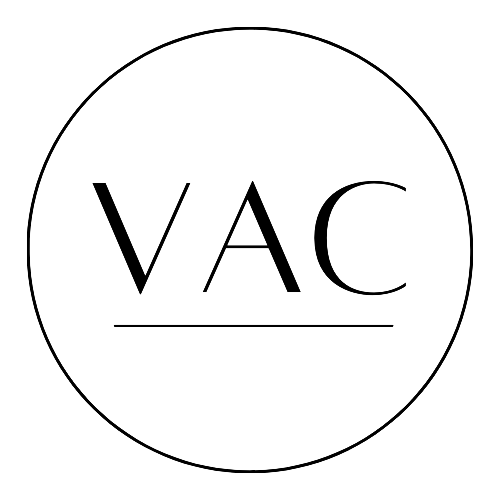Santiago Paredes: Art, Fashion & Contemporary Culture
Based in Argentina, Santiago Paredes is known for his vibrant digital paintings inspired by contemporary culture. Drawing similarities between art and music, Santiago strives to create visually balanced and harmonious images, often emulating the rhythm and gesture of a song. From gaining international recognition for his work, to transitioning into fashion design and opening an art gallery, Santiago’s journey proves that there are no limits to the creative process.
Tell me about your background and where your creative journey began.
My greatest training is actually as a musician. As a teenager I studied various instruments and music harmony. When I think today about what nourishes me, it’s the very particular sensitivity in the rhythm and composition of the images. I am interested in creating work that gives off a unified general tone, as if they were a song. On the other hand, I’ve always worked with the computer since I was a child. My father is a photographer and my older brother is a computer programmer. In a way, photoshop was always an ally from a very young age. But I would say that my main training as a painter was working as an assistant to the artist Daniel Scheimberg. Working with him, I really understood what it is to be an artist, how the market works and above all to have a deep commitment to the work that one is doing without being influenced by the fashions and currents of the moment.
Where do you find inspiration for your work?
My inspiration comes from multiple sources! I'm always chasing that moment when something sticks with you for good. Anything can awaken an idea, the palette of a work can come from a plastic thrown in the street or the subject of a painting can come from any reference of contemporary culture, including art from the past, or from wherever. Being open to all kinds of influences gives a lot of diversity to the work and widens the possibility of being surprised.
How has your work shifted and evolved over time?
Thinking back, my work initially pursued a very strident palette. I was interested in hyper pop colors and the relationships between them are very explosive. Over time I began to study more gray and desaturated colors. Like a gray it can saturate a color next to it. In addition, I also ventured to a more melancholic feeling, to be able to have a dynamic in terms of the mood of the work. As for my fashion designs, I started making silk scarfs and kimonos, and they became more sophisticated over time. I have been making increasingly complicated pieces such as reversible clothing, tailoring and others.
What does a typical day in the studio look like for you, and how has your art practice grown or changed?
My studio is an iPad! Haha. I have a showroom atelier where people can come to try on clothes and see the work live. But all the action happens on screen. Being a freelance artist and designer is not as laid back as it sounds - you are answering emails and inbox messages all the time. Inventing your future with each step you take, since no one will do it for you. You can suddenly choose to do nothing or go for a walk in the park at any time. I try to be very up to date with the messages and the orders because otherwise the work becomes confusing.
Sometimes the whole administrative part of being your own boss doesn't leave much time for creativity. I would just like to paint and have someone else take care of the business, but it is not simple.
Which experiences have impacted your work as an artist?
Seeing art live is always an impact, and being in contact with the artistic environment and the agents that are within it. My girlfriend and I started an art gallery 5 years ago, Moria. Which allows us to experience the artistic scene from within, not only to go to the workshops and see the process of the artists we represent, but also all the people, artists, press, critics, curators and collectors who support and dialogue with the project. Each one brings their energy with their energy, it is a demanding but very enriching experience. I also receive a lot of encouragement from fashion. I love to see runways. I think that in contemporary fashion sometimes there are much riskier gestures than in art.
How has Instagram impacted your art career?
Very much! The fact that my images are generated on a digital platform, to be shared on a digital platform is key. When you paint something in a big canvas and take a photo of it, it is difficult to see the actual size, the texture, the details well. On the other hand, painting digitally, the means of exposition and creation speak the same language. The closeness with the public is also great. Upload a work and receive comments from London to Peru, and you realize that there are no barriers, only people interested in the same work. Shipping pieces worldwide is really nice, because the work its like a seed. You don’t know where it can take you.
What are your future goals and aspirations?
I am currently working on a monographic book that compiles the last 4 years of my career. Not only paintings and my fashion creative process, but also an insert with more informal photos that I took with my cell phone over all these years, to account for multiple events and experiences where my work was involved. Not only do I make paintings, but also kimonos, jackets, silk scarfs, bags, pillows. In addition I am moving forward with a new collection of clothing and household items such as printed mirrors, rugs and more. Coming soon!
Instagram: @santiago.paredes
Website: www.santiagoparedes.work








